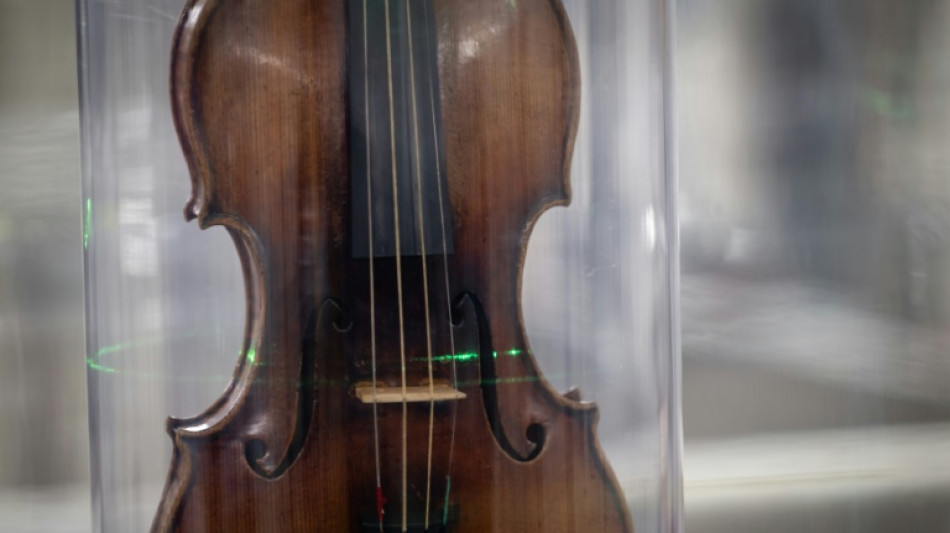
-
 US Supreme Court hears challenge to 'conversion therapy' ban for minors
US Supreme Court hears challenge to 'conversion therapy' ban for minors
-
Italy's Gattuso expresses Gaza heartache ahead of World Cup qualifier with Israel
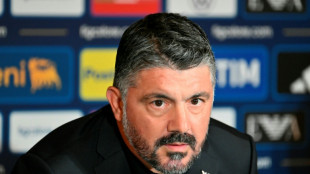
-
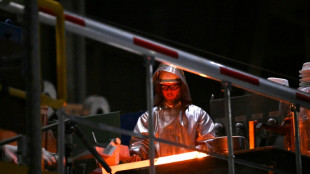 EU targets foreign steel to shield struggling sector
EU targets foreign steel to shield struggling sector
-
Djokovic vanquishes exhaustion to push through to Shanghai quarterfinals
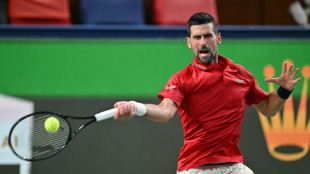
-
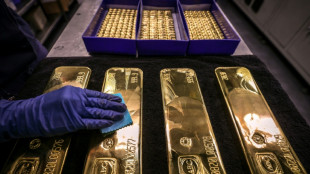 Stocks, gold rise as investors weigh AI boom, political turmoil
Stocks, gold rise as investors weigh AI boom, political turmoil
-
Swiatek coasts through Wuhan debut while heat wilts players

-
 Denmark's Rune calls for heat rule at Shanghai Masters
Denmark's Rune calls for heat rule at Shanghai Masters
-
Japanese football official sentenced for viewing child sexual abuse images
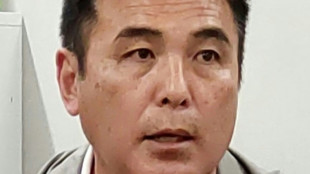
-
 'Veggie burgers' face grilling in EU parliament
'Veggie burgers' face grilling in EU parliament
-
Trio wins physics Nobel for quantum mechanical tunnelling

-
 Two years after Hamas attack, Israelis mourn at Nova massacre site
Two years after Hamas attack, Israelis mourn at Nova massacre site
-
German factory orders drop in new blow to Merz
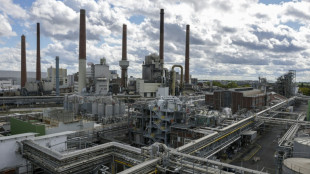
-
 Man City star Stones considered retiring after injury woes
Man City star Stones considered retiring after injury woes
-
Kane could extend Bayern stay as interest in Premier League cools

-
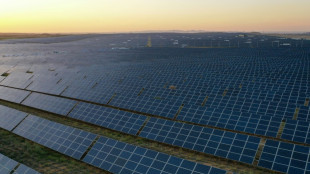 Renewables overtake coal but growth slows: reports
Renewables overtake coal but growth slows: reports
-
Extreme rains hit India's premier Darjeeling tea estates

-
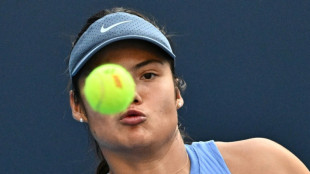 Raducanu retires from opening match in Wuhan heat with dizziness
Raducanu retires from opening match in Wuhan heat with dizziness
-
UK's Starmer condemns pro-Palestinian protests on Oct 7 anniversary

-
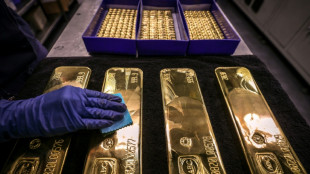 Tokyo stocks hit new record as markets extend global rally
Tokyo stocks hit new record as markets extend global rally
-
Japan's Takaichi eyes expanding coalition, reports say

-
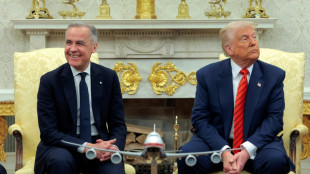 Canadian PM to visit White House to talk tariffs
Canadian PM to visit White House to talk tariffs
-
Indonesia school collapse toll hits 67 as search ends
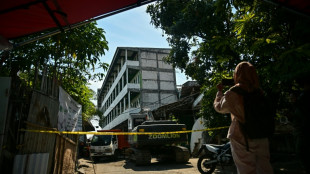
-
 Dodgers hold off Phillies, Brewers on the brink
Dodgers hold off Phillies, Brewers on the brink
-
Lawrence sparks Jaguars over Chiefs in NFL thriller

-
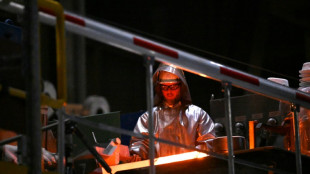 EU channels Trump with tariffs to shield steel sector
EU channels Trump with tariffs to shield steel sector
-
Labuschagne out as Renshaw returns to Australia squad for India ODIs
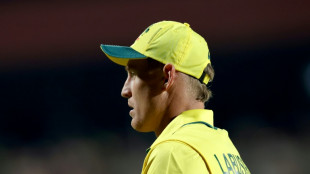
-
 Open AI's Fidji Simo says AI investment frenzy 'new normal,' not bubble
Open AI's Fidji Simo says AI investment frenzy 'new normal,' not bubble
-
Tokyo stocks hit new record as Asian markets extend global rally
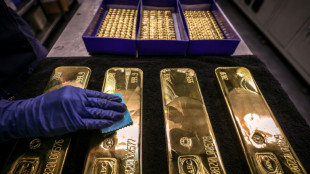
-
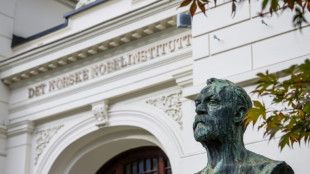 Computer advances and 'invisibility cloak' vie for physics Nobel
Computer advances and 'invisibility cloak' vie for physics Nobel
-
Nobel literature buzz tips Swiss postmodernist, Australians for prize
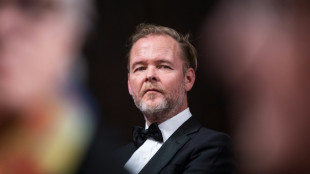
-
 Dodgers hold off Phillies to win MLB playoff thriller
Dodgers hold off Phillies to win MLB playoff thriller
-
China exiles in Thailand lose hope, fearing Beijing's long reach
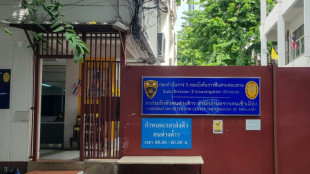
-
 Israel marks October 7 anniversary as talks held to end Gaza war
Israel marks October 7 anniversary as talks held to end Gaza war
-
Indians lead drop in US university visas
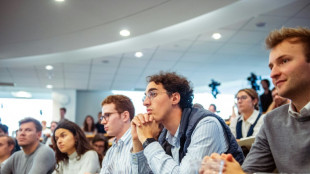
-
 Colombia's armed groups 'expanding,' warns watchdog
Colombia's armed groups 'expanding,' warns watchdog
-
Shhhh! California bans noisy TV commercials

-
 Global Scams on the Rise: Over Half of Adults Worldwide Report Scam Encounters, 23% Lost Money
Global Scams on the Rise: Over Half of Adults Worldwide Report Scam Encounters, 23% Lost Money
-
HotelRunner and Visa Partner Globally to Power Embedded and Autonomous Finance in Travel

-
 Trump 'happy' to work with Democrats on health care, if shutdown ends
Trump 'happy' to work with Democrats on health care, if shutdown ends
-
Trump says may invoke Insurrection Act to deploy more troops in US

-
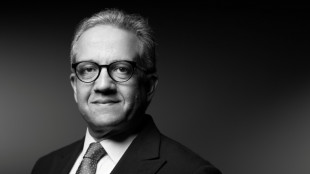 UNESCO board backs Egyptian for chief after US row
UNESCO board backs Egyptian for chief after US row
-
Unreachable Nobel winner hiking 'off the grid'
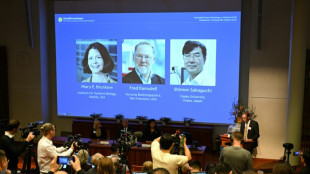
-
 Retirement or marketing gimmick? Cryptic LeBron video sets Internet buzzing
Retirement or marketing gimmick? Cryptic LeBron video sets Internet buzzing
-
CAF 'absolutely confident' AFCON will go ahead in protest-hit Morocco
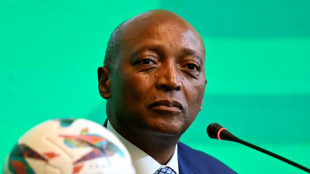
-
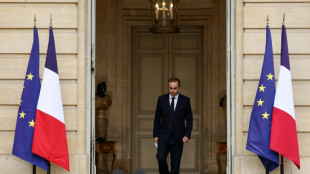 Paris stocks slide amid French political upheaval, Tokyo soars
Paris stocks slide amid French political upheaval, Tokyo soars
-
EU should scrap ban on new combustion-engine sales: Merz
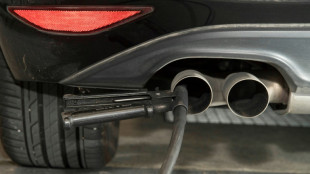
-
 US government shutdown enters second week, no end in sight
US government shutdown enters second week, no end in sight
-
World MotoGP champion Marquez to miss two races with fracture

-
 Matthieu Blazy reaches for the stars in Chanel debut
Matthieu Blazy reaches for the stars in Chanel debut
-
Macron gives outgoing French PM final chance to salvage government
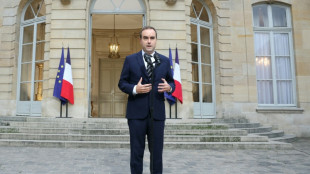

Paganini's violin gets X-ray treatment in quest of sound secrets
French experts fired X-rays at a 18th-century violin worth millions this weekend hoping to discover the secret of its magical sound, they said Monday.
The violin, dubbed "Il Cannone" (the cannon) because of its powerful sound, was Italian composer and violin virtuoso Niccolo Paganini's favourite.
The maestro from the Italian city of Genoa played it for decades before it became the property of his home city after his death in 1840.
The violin, made by instrument maker Giuseppe Bartolomeo Guarneri del Gesu in 1743, is now only brought out from time to time for the world's best to play, including the winners of Genoa's Premio Paganini international violin competition.
The European Synchrotron Radiation Facility (ESRF), a particle accelerator in the southeastern city of Grenoble, scanned the instrument down to the cellular structure of its wood.
The idea is to create a 3D model of the violin in and out of which people can zoom, down to a micron, or millionth of a metre.
"The first goal is conservation," said Paul Tafforeau of the ESRF.
"If ever any flaws need repairing, we will have all the details."
But they also hoped the "non-destructive analysis" would help shed light on why it plays so beautifully.
"It's an exceptional instrument in terms of its sound qualities," Tafforeau said.
"With this data, we hope to better understand why."
The detailed analysis of the X-rays will take several months.
"Working on this violin is like a dream," Tafforeau said.
Luigi Paolasini, who was in charge of the project at the ESRF, said the violin had been insured for a value of 30 million euros ($32 million) to travel from Genoa to Grenoble.
"The logistics were very complicated because we're not a museum that would have experience in moving works of art around," Paolasini said.
Whatever the outcome of the analysis, the guiding principle for any restoration work on the instrument is "to exercise extreme caution, or abstain altogether", said Alberto Giordano, a curator of precious instruments in Genoa.
"I get older, but the violin stays the same, and that's the way it should be," he said.
"Just like the picture of Dorian Gray, it stays fresh as a rose," Giordano added in reference to a novel by Oscar Wilde in which a painting of a man ages in his stead in an attic, allowing him to remain eternally young.
A.Ruegg--VB
